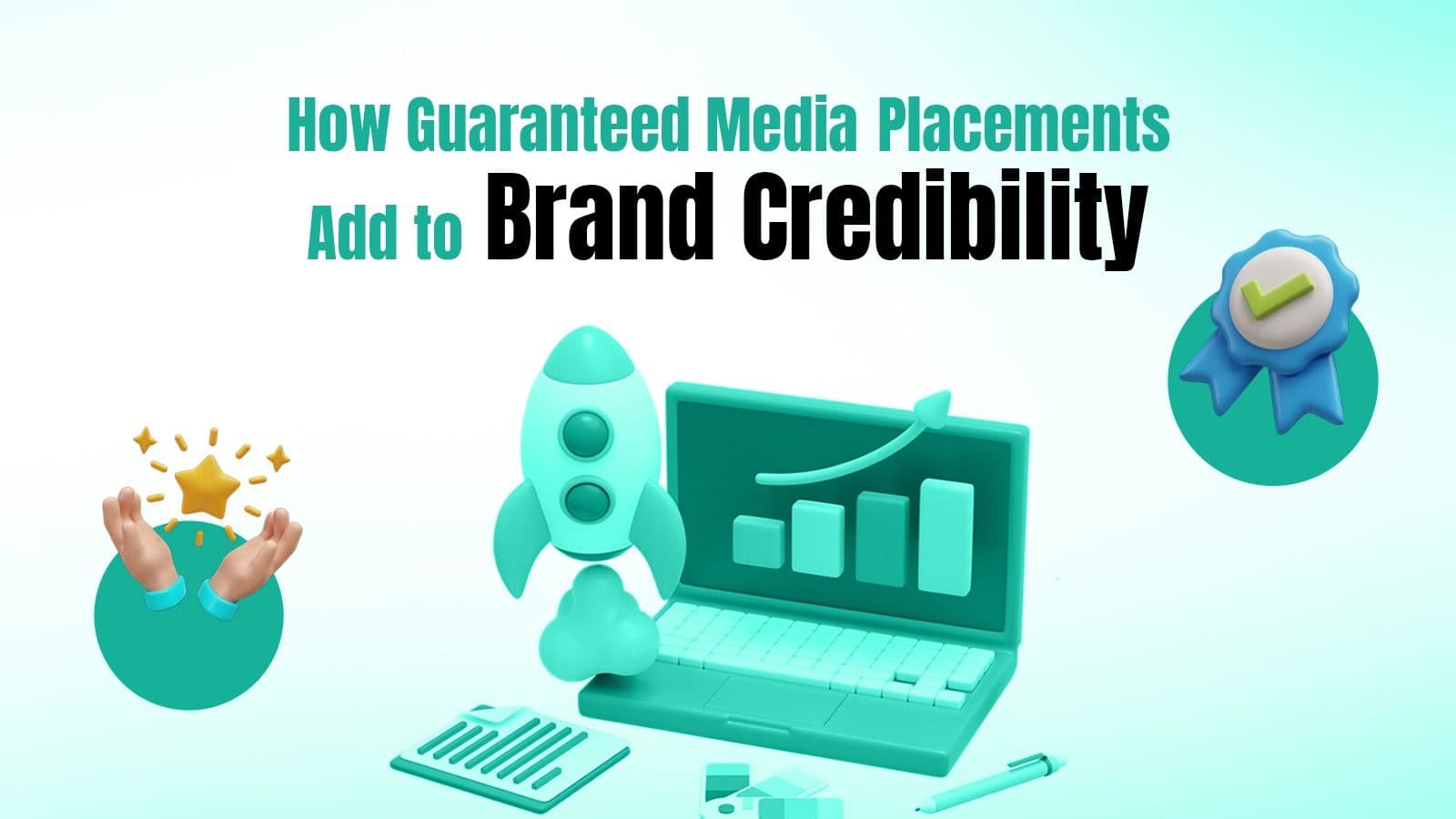Posting a press release on LinkedIn may seem simple but many brands unknowingly sabotage their visibility and engagement.
A LinkedIn press release is a tool to reach journalists, potential clients and industry peers. Yet, most posts fail because companies either copy text from their traditional press release or ignore LinkedIn’s unique format and algorithm.
This guide highlights the most common mistakes made when posting press releases on LinkedIn and offers actionable solutions.
By following these tips, your posts can gain higher visibility, increase engagement and strengthen your brand’s online presence.
1. Posting Press Releases as Plain Text
Many companies simply paste their press release into a LinkedIn post. On traditional media this may work, but on social platforms, plain text rarely engages.
Why plain text fails:
Algorithm preference: LinkedIn favors posts that keep users on the platform, like those with visuals or interactive elements.
-
Readability: Large blocks of text intimidate readers.
-
Lack of engagement cues: Plain text rarely sparks comments, shares, or reactions.
How to fix it: Start with a hook or question to capture attention. Example: “Ever wondered why some company announcements get more traction than others?”
Break content into 2–3 line paragraphs.
-
Use bullet points or numbered lists to highlight key points.
-
Include visuals like infographics, carousels, or graphics to make the post more engaging.
Example:
Instead of posting:
“Company X is launching a new product to revolutionize fintech markets.”
Try: “Looking for the next big thing in fintech? Company X has launched a product that simplifies online payments. Here’s what you need to know:
- Faster transactions
- Lower fees
- Easy integration for businesses”
This makes your press release readable and shareable, increasing engagement and visibility.
2. Ignoring LinkedIn SEO Opportunities
LinkedIn posts are searchable both within the platform and on Google. Neglecting LinkedIn press release SEO can significantly reduce the organic reach of your press release, meaning fewer potential readers, media mentions, and leads.
Optimizing your post ensures it appears in relevant searches, helping your press release reach the right audience without paid promotion.
Best practices for LinkedIn SEO:
-
Include primary keywords like “LinkedIn press release” early in the post.
-
Use 3–5 targeted industry hashtags instead of generic ones like #news.
-
Add alt text to visuals so LinkedIn can understand your content.
Example:
Instead of:
“Company X announces its new fintech product.”
Try:
“Looking for the next big thing in fintech? Our new product simplifies online payments for businesses. #FinTechNews #StartupUpdate #ProductLaunch”
Optimizing for search ensures your press release reaches the right audience organically.
3. Adding Links Too Early
Many LinkedIn posts fail because links are included at the start or middle. LinkedIn reduces visibility for posts that direct users off-platform too soon.
Why early links hurt engagement:
-
External links reduce dwell time.
-
Posts with early links get fewer impressions.
How to fix it:
-
Place links at the end or in the first comment.
-
Summarize your announcement first, then invite users to click.
-
Encourage interaction before sharing the link.
Example:
Instead of:
“Read our full press release here: [link]”
Try:
“We’re thrilled to announce a major fintech milestone! What do you think about the future of online payments? Learn more in the comments.”
This keeps readers engaged and improves the reach of your press release.
4. Neglecting Visual Storytelling
Text-only posts often get ignored. Visual storytelling makes your press release more engaging and memorable.
Effective visual strategies:
-
Infographics for stats, milestones, or achievements.
-
Short videos (30–60 seconds) for demos or announcements.
-
Quote graphics using brand colors.
Tip: Treat visuals as a teaser for your press release. Posts with visuals can get up to 45% more engagement.
5. Sounding Too Corporate
A stiff, overly formal tone can disengage your audience. LinkedIn readers prefer authentic, conversational language.
How to humanize your press release:
Write in first person when appropriate: “We’re thrilled to share…” instead of “Company X is pleased to announce…”
-
Tag individuals involved to expand reach.
-
Use emotional cues like excitement, gratitude, or pride.
Example:
“We’re excited to share our latest milestone! Special thanks to our team and partners for making this possible. #Innovation #Teamwork”
Humanized posts generate more meaningful engagement and brand connection.
6. Neglecting Performance Insights
Posting and forgetting is a missed opportunity. LinkedIn analytics reveal what works and what doesn’t.
Metrics to track:
-
Impressions and clicks to monitor reach.
-
Engagement breakdown to see which format works best.
-
Follower insights to optimize targeting.
Pro tip: Use tools like EasyPR’s LinkedIn Report Builder to track results and improve future posts. Data-driven adjustments maximize the impact of every press release.
Conclusion
Avoiding common mistakes like posting plain text, ignoring SEO, placing links too early, skipping visuals, sounding robotic, and ignoring analytics transforms your LinkedIn press release.
With proper formatting, SEO optimization, and visual storytelling, your press release helps your company reach journalists, investors, and peers while boosting credibility and ROI across your marketing channels.
Start using EasyPR today to amplify your brand’s reach, connect with the right audience, and turn every press release into measurable business results.
Frequently Asked Questions
How long should a LinkedIn press release be?
Keep it concise, under 300 words, and link to the full release.
Should I post a press release as an article or post?
Use a post for short announcements and an article for detailed updates.
Do hashtags help with LinkedIn visibility?
Yes. Targeted hashtags improve searchability and engagement.
How often should I post press releases on LinkedIn?
Once or twice per month is ideal for maintaining visibility.
Can visuals increase engagement?
Absolutely. Infographics, videos, and quote graphics can increase engagement by up to 45%.



